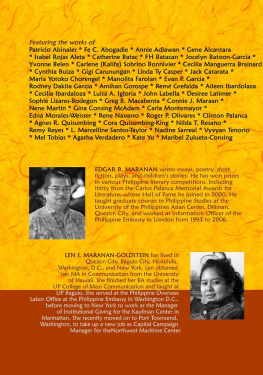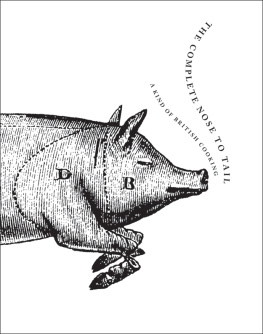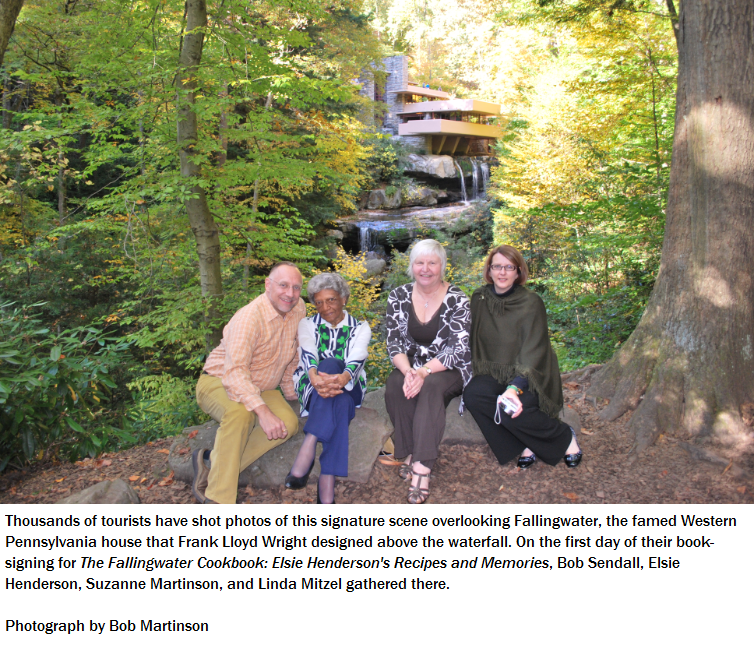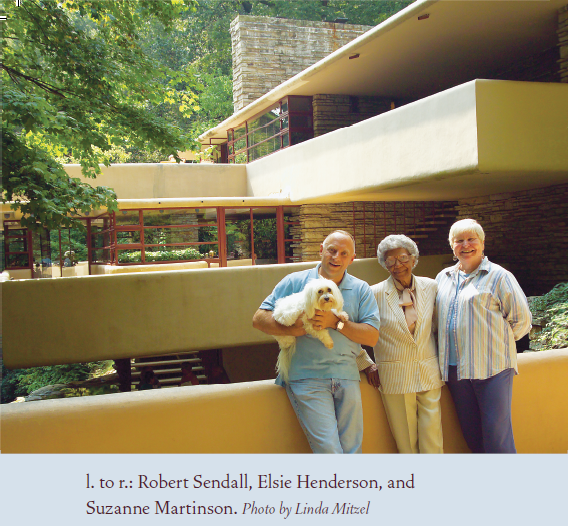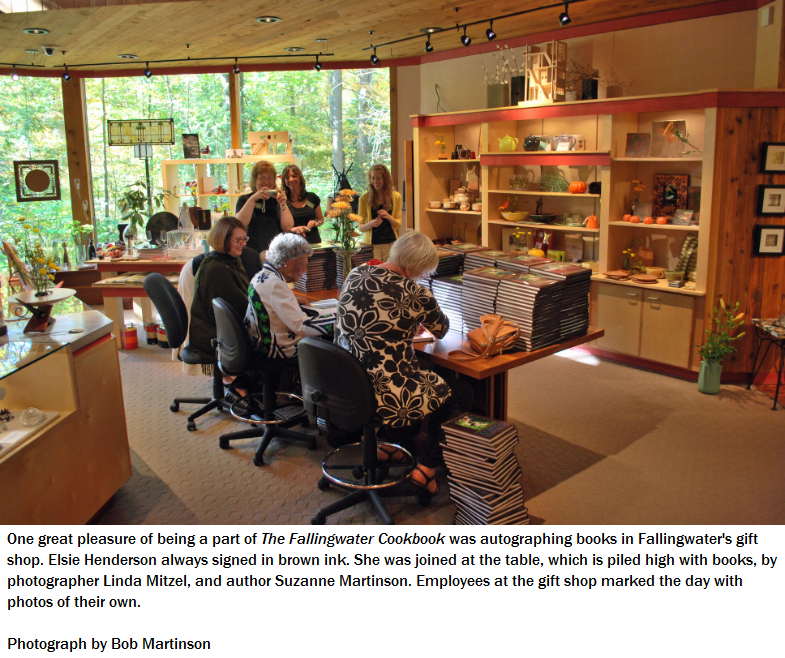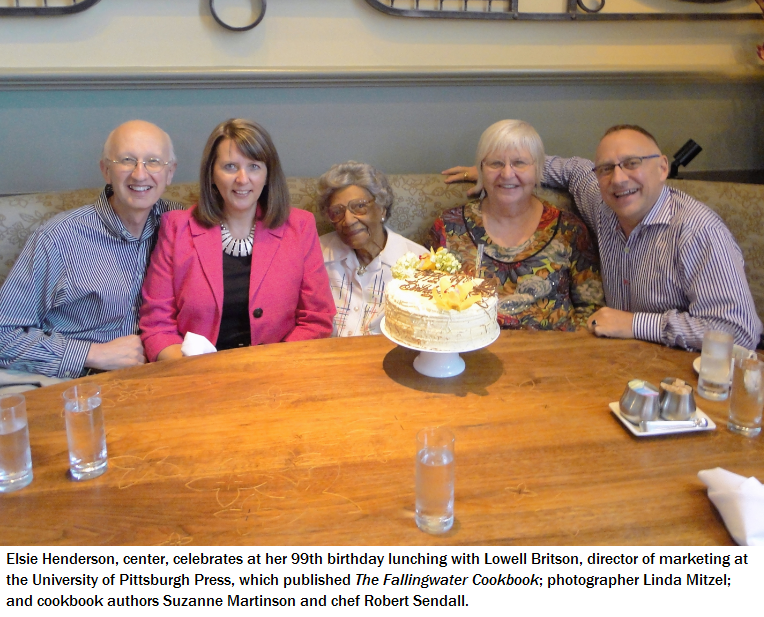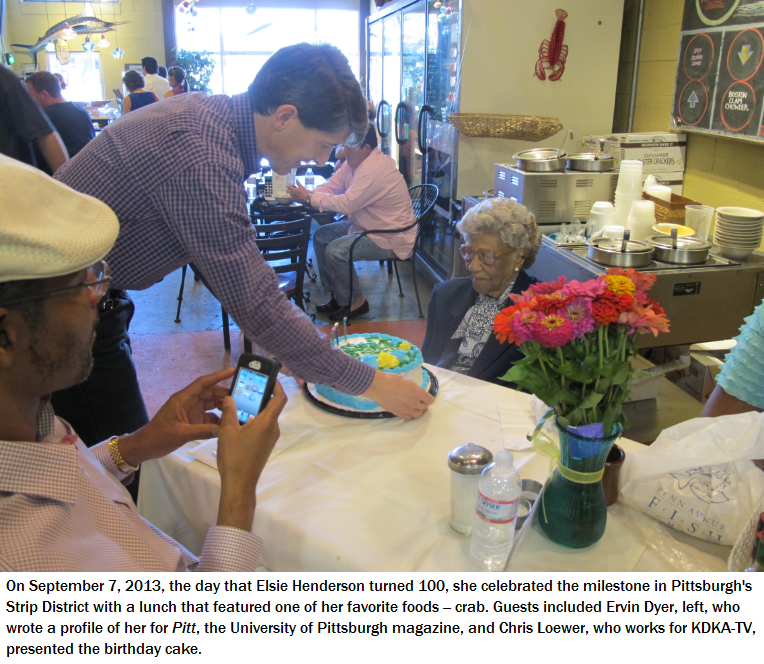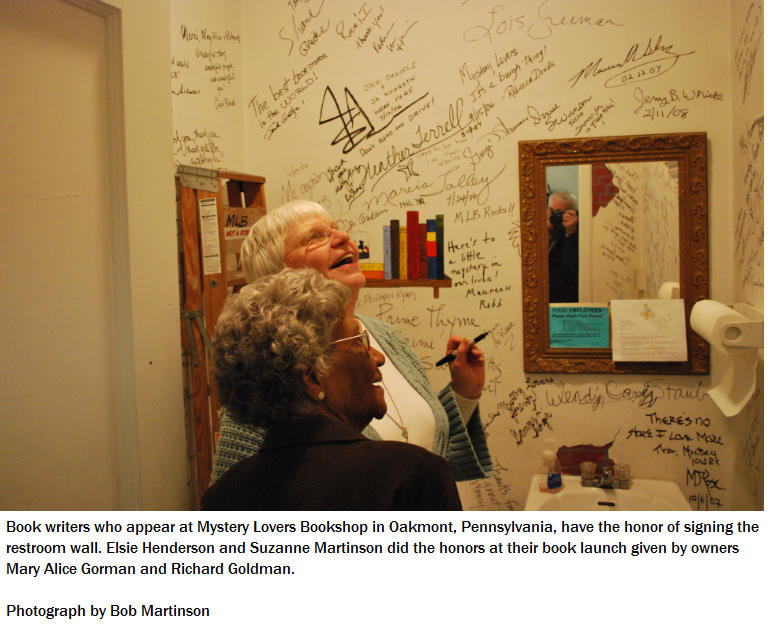ACKNOWLEDGMENTS
Many thanks to Cynthia Miller, director of the University of Pittsburgh Press, who always believed in this cookbook and memoir of Fallingwater, and to Deborah Meade, managing editor, who asked all the right questions in her editing. Their patience is palpable.
Led by Lynda Waggoner, vice president of the Western Pennsylvania Conservancy and director of Fallingwater, the staff at the historic house were invaluable to me. Special thanks to Clinton Piper, Cara Armstrong, and Denise Miner, and the neighbors of Fallingwater who provided their special insights.
Writing can be a lonely work, so thanks to our friends, especially our former Swan Acres neighbors in Pittsburgh, who encouraged me every halting step to publication. Kudos belong to two wonderful writers' groups, Dr. Montgomery Culver's meetings at the University of Pittsburgh and the get-togethers with Cathy Zimmerman from the Daily News at her Longview, Washington, home.
Thanks to Chef Robert Sendall, who creates food that looks as good as it tastes, for his food styling for Rob Long's photographs.
Gratitude is due to photographer Linda Mitzel, who turned over her kitchen to me and enlisted the patience of her family for a wild three days creating the photographs of Elsie Henderson's recipes.
Thanks to the industrious, creative farmers of western Pennsylvania and beyond. They inspired me throughout these pages.
Never underestimate the support of the staffs of six great newspapers: the Champaign-Urbana (Illinois) Courier, Gresham (Oregon) Outlook, Daily News of Longview (Washington), Knoxville News-Sentinel, Pittsburgh Press, and Pittsburgh Post-Gazette. We few formed a multitude, and we couldn't have done it without our loyal readers.
JANE AND BOB'S SEASONAL MENUS AT A GLANCE
Spring
SPRING LUNCHEON IN THE GARDEN
WELCOME SPRING DINNER
Summer
COUNTRY BRUNCH
PICNIC IN THE WOODS
ALFRESCO SUPPER FOR A SUMMER EVENING
Fall
AUTUMN DINNER
HORS D'OEUVRE HOUR(what to serve between 6 and 7 p.m.)
Winter
WINTER BUFFET BY THE FIRE
The Fallingwater Cookbook was designed and typeset in Vendetta with Hypatia Sans display type by Kachergis Book Design of Pittsboro, North Carolina. It was printed on 80-pound Garda Silk White and bound by Friesens of Altona, Manitoba, Canada.
ELSIE HENDERSON AND THE KAUFMANN FAMILY

Elsie Redmon (later Elsie Lee, then Elsie Henderson) was born at home in Pittsburgh on September 7, 1913. She is the youngest of thirteen childreneleven boys and two girls. Her father died when she was two. Her mother, Ada Redmon, cleaned houses and taught Elsie to bake with her own little utensils. Other than a cooking class at the Red Cross and French language lessons (the better to understand classic cuisine) at the downtown YWCA, Elsie has had no formal culinary training.
Elsie grew up on Pittsburgh's Mount Washington, which overlooks downtown's Golden Triangle, where the Monongahela and Allegheny Rivers meet to form the Ohio. From our back bedroom, we could see downtown, Elsie remembers. Her large family lived in one three-room apartment plus a second apartment with four rooms. Sandwiched in the apartment between the Redmons was a woman who was so bent over that she paid Elsie a dollar a week, a princely sum in the 1920s, to scrub her bathroom floor. Perhaps it was that job that inspired Elsie to later spurn housekeeping as a career.
She inherited most of her childhood clothes from a wealthy family. Their daughter would wear a dress two or three times, and then it was mine, she recalls. I guess that's where I got my obsession with fashionable clothes. To shop for something special, she and her mother would hike down a road that ended at a streetcar tunnel not far from the Monongahela Incline, which carried paying customers up and down the steep Mount Washington. Then they walked across the bridge. Elsie recalls shopping at a favorite place, Lewin-Neiman Department Store, for a new dress when she was six or seven. It was the first timeshe remembers being racially stereotyped. The white saleswoman showed Elsie and her mother dress after dress, but she didn't see one that she liked. Eventually, her mother spotted one that appealed.
Why didn't you show us that one? her mother asked.
I don't think you can afford it, the clerk said.
Her mother replied: I've got eleven boys who work, and I can afford any dress in this place!
By the time we met, Elsie was often the best-dressed woman in the room and, as she put it, the poor woman's Imelda Marcos of shoe lovers. Only imported Italian shoes will do for Elsie. Her sense of style starts with her appearance and encompasses her apartment and the food she creates.
When she was growing up, rich people on Mount Washington went to Elsie's mother when they had things that needed doing. The energetic Mrs. Redmon had taught herself to read and write and could do almost anything for her brood. But she told her boys, who had more formal education, that they'd have to be the ones to teach their eager little sister. At the age of five, Elsie had a library card. A year later, she walked, alone, a mile and a half from her hillside home to the Carnegie Library on Mount Washington's Grandview Avenue, which overlooks the city. I didn't play with other children, she recalls. The kids in the neighborhood had not a book in the house.
Elsie's elocution and handwriting have always been excellent. When I skipped second grade, the teacher at Cargo Elementary School called in my mother to find out where exactly I learned to read, Elsie remembers. From her brothers, her mother said.
That girl always has a book, a worried neighbor told her mother.
Pay no attention, Elsie's mother told her inquisitive daughter. There's only one person like you and that's you.
Elsie comes from a line of strong females but grew up in a time when black women had few options in education or careers. She had planned to be a Licensed Practical Nurse until she discovered she was more comfortable with her hands in brioche than bandages. Her mother was born in the South, and some of the family recipes reflect this regional food, with its cornbread stuffing and sweet potato pie.






